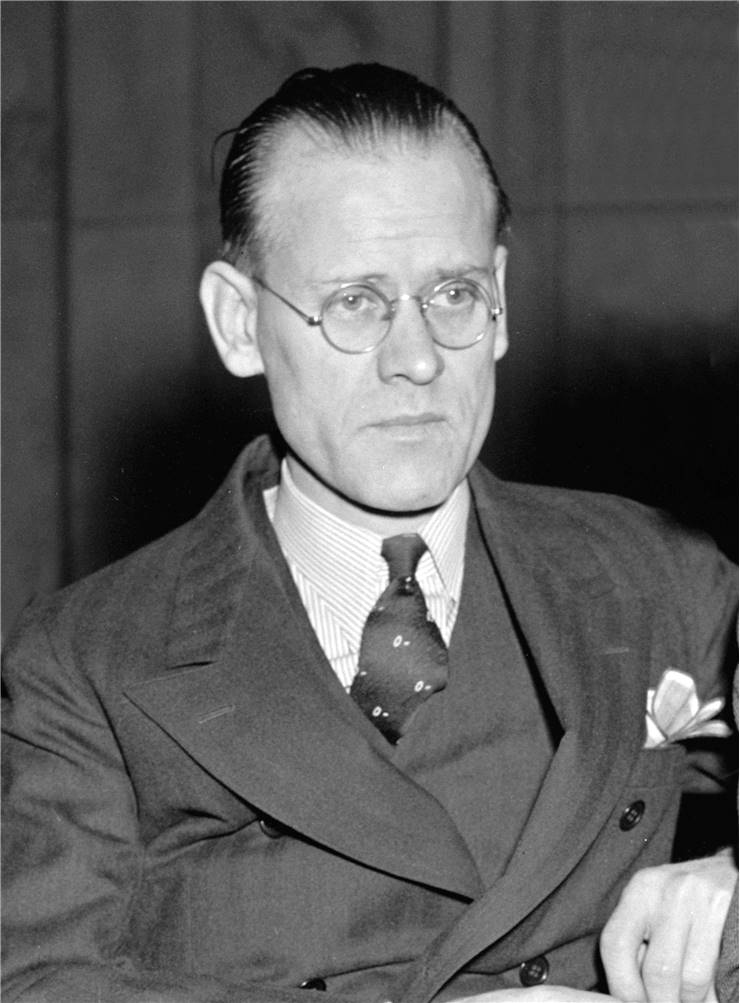Philo Farnsworth - Inventor of the first electrical television
Philo Taylor Farnsworth (born on August 19, 1906, died on March 11, 1971) was an influential American scientists, inventor and television pioneer. During his long career he managed to revolutionize television industry by creating first fully working electronic television set (both camera and receiver). His claim on the instrumental television patents never made him a rich man, but his influence and ingenuity paved the way for many other inventors who managed build the world of television and information exchange that we can experience today. In addition to television, Farnsworth managed to introduce several other significant advances in the field of nuclear fusion, radar, infrared vision devices, baby incubators, electron microscope and electrical imaging telescope.
From his young age, Philo Farnsworth showcased affinity to electricity and mechanical devices. At age 12, he managed to build electric motor and first electric washing machine that was owned in his family. Even though his parents wanted him to become concert violinist, his apparent scientific spirit pushed him to attend Brigham Young University in Utah where he researched various means of transmitting data, sound and video via electricity. There at age of 16 he devised first plans for transforming electricity into pictures by controlling the direction of fast-flying electrons. His teacher thankfully saved plans of his so called “image dissector”, which would later represent clear proof that young Farnsworth was indeed the originator of modern electrical television technology.

Two years later Farnsworth finished school (with great deal of knowledge obtained with correspondence classes from the University of Utah) he married his longtime sweetheart Elma "Pem" Gardner and moved to California where he wanted to form his own hardware company. Even though he did not have practical experience in building mechanical devices, he soon found an innovative way to sealing camera lenses and creating high vacuum. With these successes, he managed to wow the public in 1927 with public showcasing of his fully working camera and television set. His image of 60 horizontal lines of resolution was only the beginning, and soon he started creating many other inventions and fighting with the US patent system for validity of his patent claims. He famously won the suit that was brought by RCA in 1934 with the testimony of his high school chemistry teacher who produced the original sketch drawings that Philo made in 1922. Sadly in 1936 he lost the appeal that was made from RCA, and lost the rights to the patent (although he received some payments for it).
Even though Philo Farnsworth never managed to become rich of his television inventions, his innovative approach to television systems remained in use for decades to come. Video camera tube that he produced went tough several cycles of upgrades, until eventual introduction of charge-coupled devices in late 20th century.
In the famous television interview with his wife Elma, it was revealed that Philo commented that hard work and years of court battles have paid off when he saw the live transmission of human landing of the Moon in 1969.
He died on March 11, 1971 in Salt Lake City, leaving behind him over 195 patents, many inventions and legacy that will forever make him a part of modern human history.
